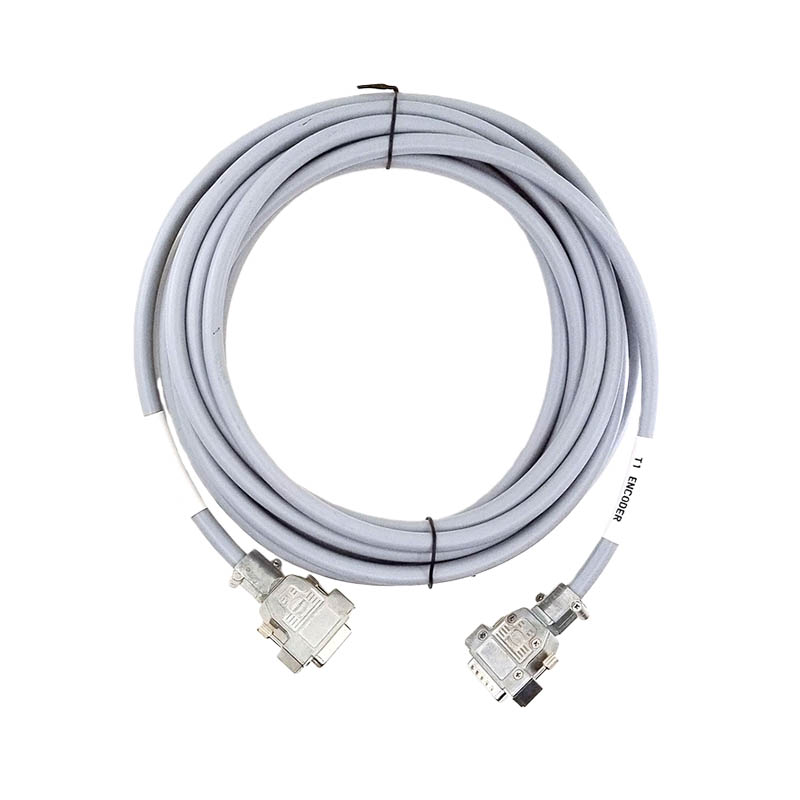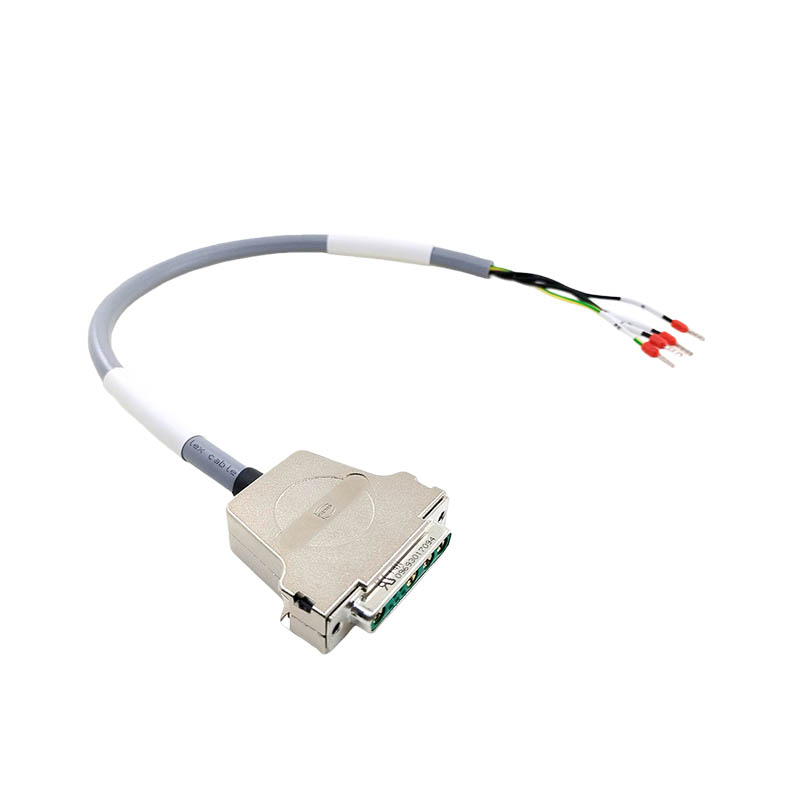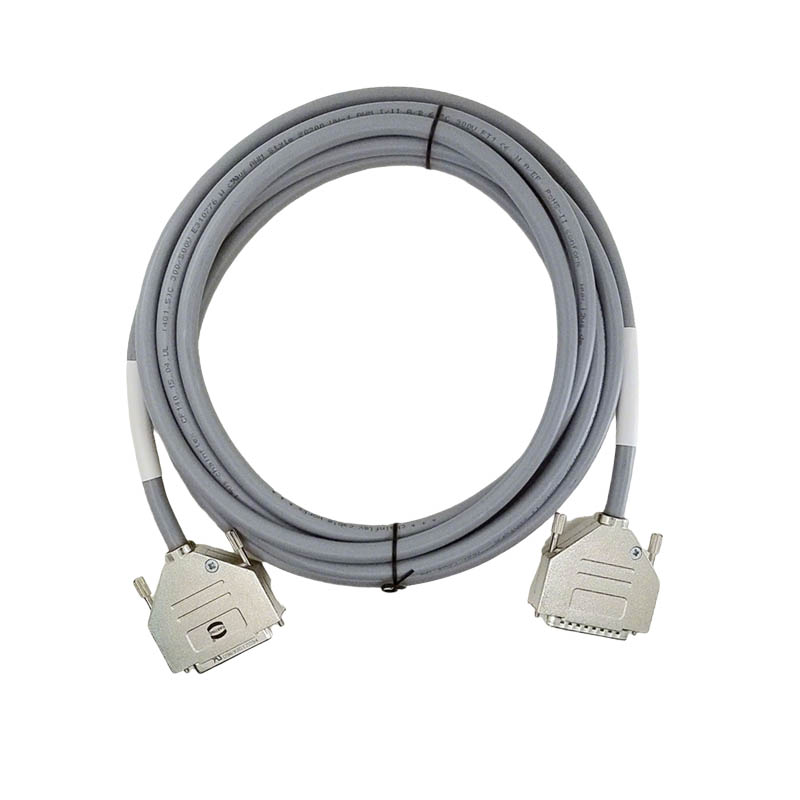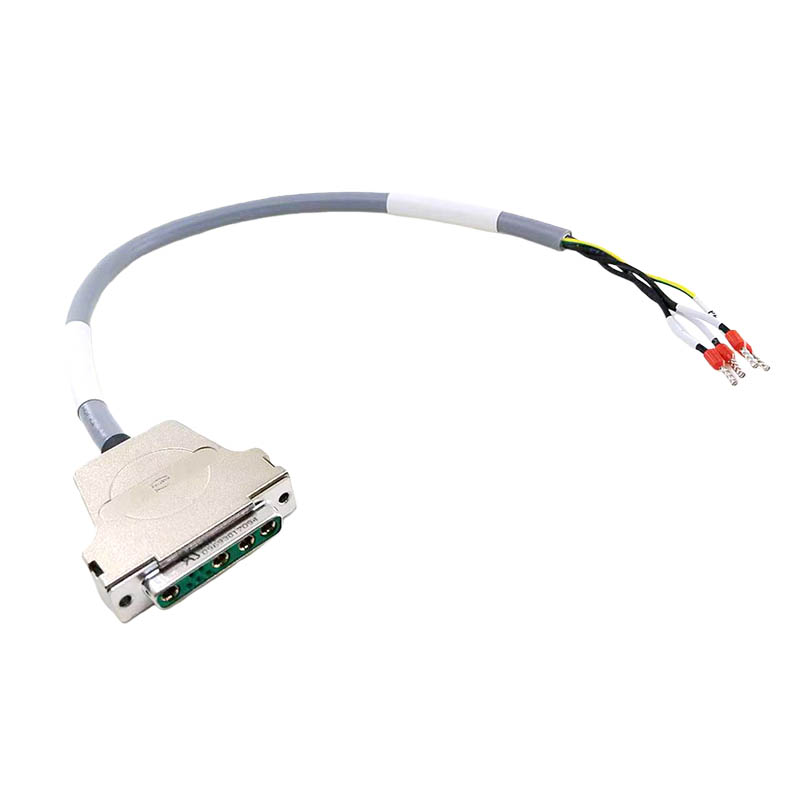How can connector stability be guaranteed under prolonged vibration and shock conditions?
Release Time : 2025-08-13
Connector stability under prolonged vibration and shock conditions is a critical factor in ensuring the safe and reliable operation of vehicles, machinery, and industrial systems. Especially in highly dynamic environments such as trucks, construction machinery, and rail transit, connectors must withstand continuous mechanical stress without loosening, poor contact, or breakage. To achieve this, manufacturers implement systematic measures at multiple levels, encompassing structural design, material selection, manufacturing processes, and testing and verification, to ensure long-term connector stability under harsh operating conditions.
First and foremost, structural design is the foundation for ensuring connector vibration resistance. Modern high-performance connectors commonly utilize locking mechanisms, such as threaded fastening, snap-on locking, or push-pull self-locking mechanisms, which effectively prevent accidental unmating caused by vibration. For example, threaded locking connectors achieve a tight fit by rotating the housing, maintaining a secure connection even under severe vibration. Furthermore, internal terminals often feature dual or multi-point contact, increasing contact area and pressure, ensuring an unobstructed electrical path even with slight displacement. This redundant design significantly enhances connection reliability.
Secondly, the choice of material plays a decisive role in the durability of the connector. The outer shell is typically made of high-strength engineering plastics or metals such as nylon, PBT, or aluminum alloy. These materials not only offer excellent mechanical strength but also resistance to impact and deformation. In particular, the thermoplastic materials commonly found in black truck connectors are often reinforced for excellent impact and weather resistance. Internal terminals are often made of copper alloy and plated with gold, silver, or tin to enhance conductivity and corrosion resistance, while maintaining sufficient elasticity to ensure stable contact pressure even after prolonged plugging and unplugging.
Precision manufacturing processes are also crucial. Each component of the connector undergoes high-precision molding and rigorous quality control to ensure extremely tight dimensional tolerances and a tight fit. The crimping process between the terminal and the cable is particularly critical, using cold crimping or ultrasonic welding to achieve a secure metal-to-metal bond and prevent loose connections or loosening. Furthermore, strain relief structures, such as rubber sheaths or armor layers, are often provided at the cable entry to prevent external forces from directly acting on the terminal base, reducing fatigue fractures caused by repeated flexing.
To further enhance stability, many connectors incorporate anti-loosening features. For example, elastic washers or nylon retaining rings are added to threaded connections to prevent self-loosening caused by vibration. Some high-end products also utilize a double-layer sealing structure, which not only provides water and dust resistance but also enhances overall structural rigidity and reduces relative movement of internal components. Furthermore, the modular design makes connectors less susceptible to damage during assembly and maintenance, enhancing reliability in the field.
Environmental adaptability is also crucial for ensuring stability. Under prolonged vibration conditions, temperature fluctuations, moisture, oil, and chemicals can accelerate material degradation or corrosion. Therefore, high-quality connectors undergo multiple surface treatments, such as electrophoretic coating, passivation, or spray-on protective coatings, to enhance corrosion resistance. The black housing itself is often UV-resistant, preventing embrittlement or discoloration caused by prolonged sunlight exposure, thereby maintaining its mechanical properties.
Rigorous testing and verification are essential before a product is put into service. Connectors must undergo vibration tests, shock tests, plug-in life tests, and thermal cycling tests that simulate real-world operating conditions. These tests not only verify performance under extreme conditions but also help manufacturers identify potential flaws and optimize designs. Through repeated iterations, the final product is able to withstand the test of long-term real-world applications.
Finally, proper installation and maintenance also impact connector stability. Using appropriate tools for standardized installation, avoiding excessive force and improper insertion, can effectively prevent initial damage. Regularly checking connections, cleaning dust and oil, and promptly replacing aging or damaged components can help extend service life.
In summary, connector stability under prolonged vibration and shock conditions relies on scientific structural design, high-quality materials, sophisticated manufacturing processes, comprehensive protective measures, and rigorous testing and verification. These factors work together to ensure that the connector maintains a reliable electrical connection in complex and changing operating environments, providing a solid foundation for the safety and efficiency of the entire system.
First and foremost, structural design is the foundation for ensuring connector vibration resistance. Modern high-performance connectors commonly utilize locking mechanisms, such as threaded fastening, snap-on locking, or push-pull self-locking mechanisms, which effectively prevent accidental unmating caused by vibration. For example, threaded locking connectors achieve a tight fit by rotating the housing, maintaining a secure connection even under severe vibration. Furthermore, internal terminals often feature dual or multi-point contact, increasing contact area and pressure, ensuring an unobstructed electrical path even with slight displacement. This redundant design significantly enhances connection reliability.
Secondly, the choice of material plays a decisive role in the durability of the connector. The outer shell is typically made of high-strength engineering plastics or metals such as nylon, PBT, or aluminum alloy. These materials not only offer excellent mechanical strength but also resistance to impact and deformation. In particular, the thermoplastic materials commonly found in black truck connectors are often reinforced for excellent impact and weather resistance. Internal terminals are often made of copper alloy and plated with gold, silver, or tin to enhance conductivity and corrosion resistance, while maintaining sufficient elasticity to ensure stable contact pressure even after prolonged plugging and unplugging.
Precision manufacturing processes are also crucial. Each component of the connector undergoes high-precision molding and rigorous quality control to ensure extremely tight dimensional tolerances and a tight fit. The crimping process between the terminal and the cable is particularly critical, using cold crimping or ultrasonic welding to achieve a secure metal-to-metal bond and prevent loose connections or loosening. Furthermore, strain relief structures, such as rubber sheaths or armor layers, are often provided at the cable entry to prevent external forces from directly acting on the terminal base, reducing fatigue fractures caused by repeated flexing.
To further enhance stability, many connectors incorporate anti-loosening features. For example, elastic washers or nylon retaining rings are added to threaded connections to prevent self-loosening caused by vibration. Some high-end products also utilize a double-layer sealing structure, which not only provides water and dust resistance but also enhances overall structural rigidity and reduces relative movement of internal components. Furthermore, the modular design makes connectors less susceptible to damage during assembly and maintenance, enhancing reliability in the field.
Environmental adaptability is also crucial for ensuring stability. Under prolonged vibration conditions, temperature fluctuations, moisture, oil, and chemicals can accelerate material degradation or corrosion. Therefore, high-quality connectors undergo multiple surface treatments, such as electrophoretic coating, passivation, or spray-on protective coatings, to enhance corrosion resistance. The black housing itself is often UV-resistant, preventing embrittlement or discoloration caused by prolonged sunlight exposure, thereby maintaining its mechanical properties.
Rigorous testing and verification are essential before a product is put into service. Connectors must undergo vibration tests, shock tests, plug-in life tests, and thermal cycling tests that simulate real-world operating conditions. These tests not only verify performance under extreme conditions but also help manufacturers identify potential flaws and optimize designs. Through repeated iterations, the final product is able to withstand the test of long-term real-world applications.
Finally, proper installation and maintenance also impact connector stability. Using appropriate tools for standardized installation, avoiding excessive force and improper insertion, can effectively prevent initial damage. Regularly checking connections, cleaning dust and oil, and promptly replacing aging or damaged components can help extend service life.
In summary, connector stability under prolonged vibration and shock conditions relies on scientific structural design, high-quality materials, sophisticated manufacturing processes, comprehensive protective measures, and rigorous testing and verification. These factors work together to ensure that the connector maintains a reliable electrical connection in complex and changing operating environments, providing a solid foundation for the safety and efficiency of the entire system.







